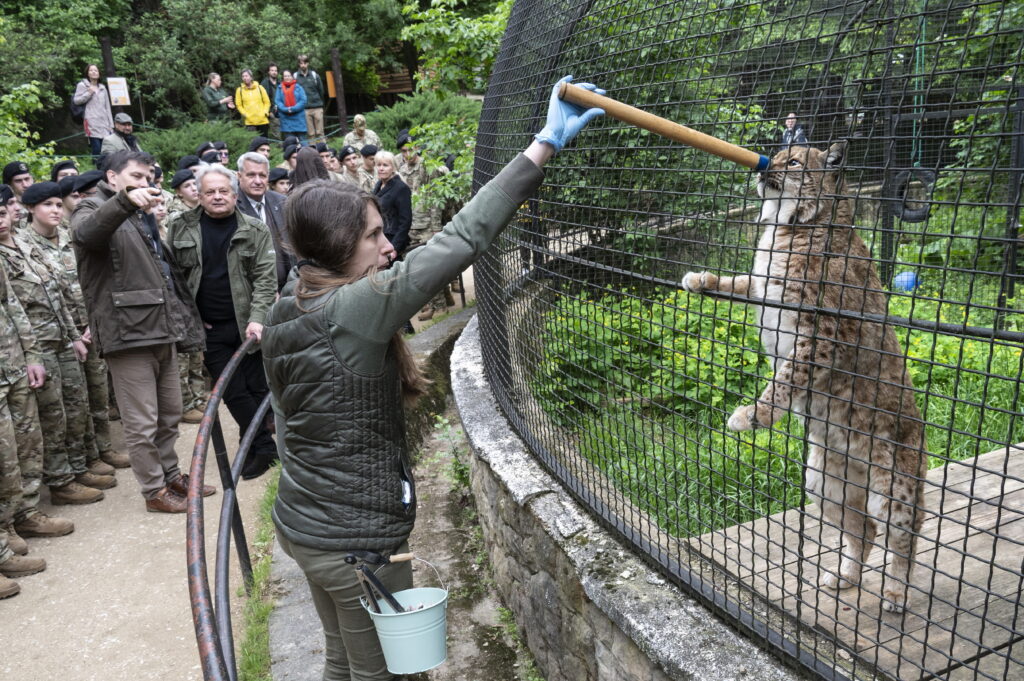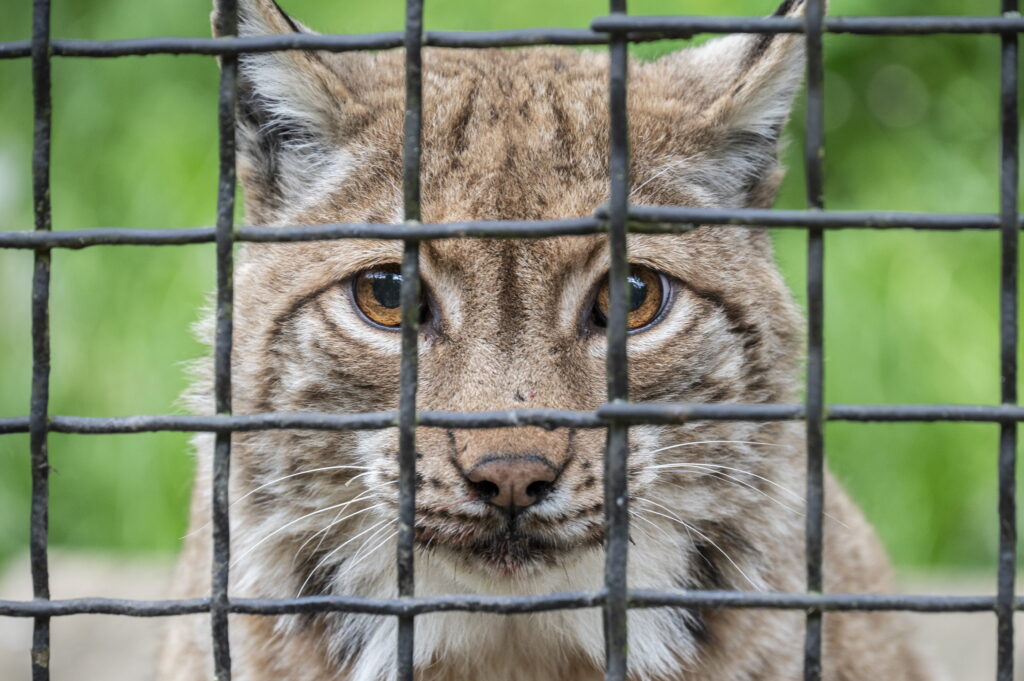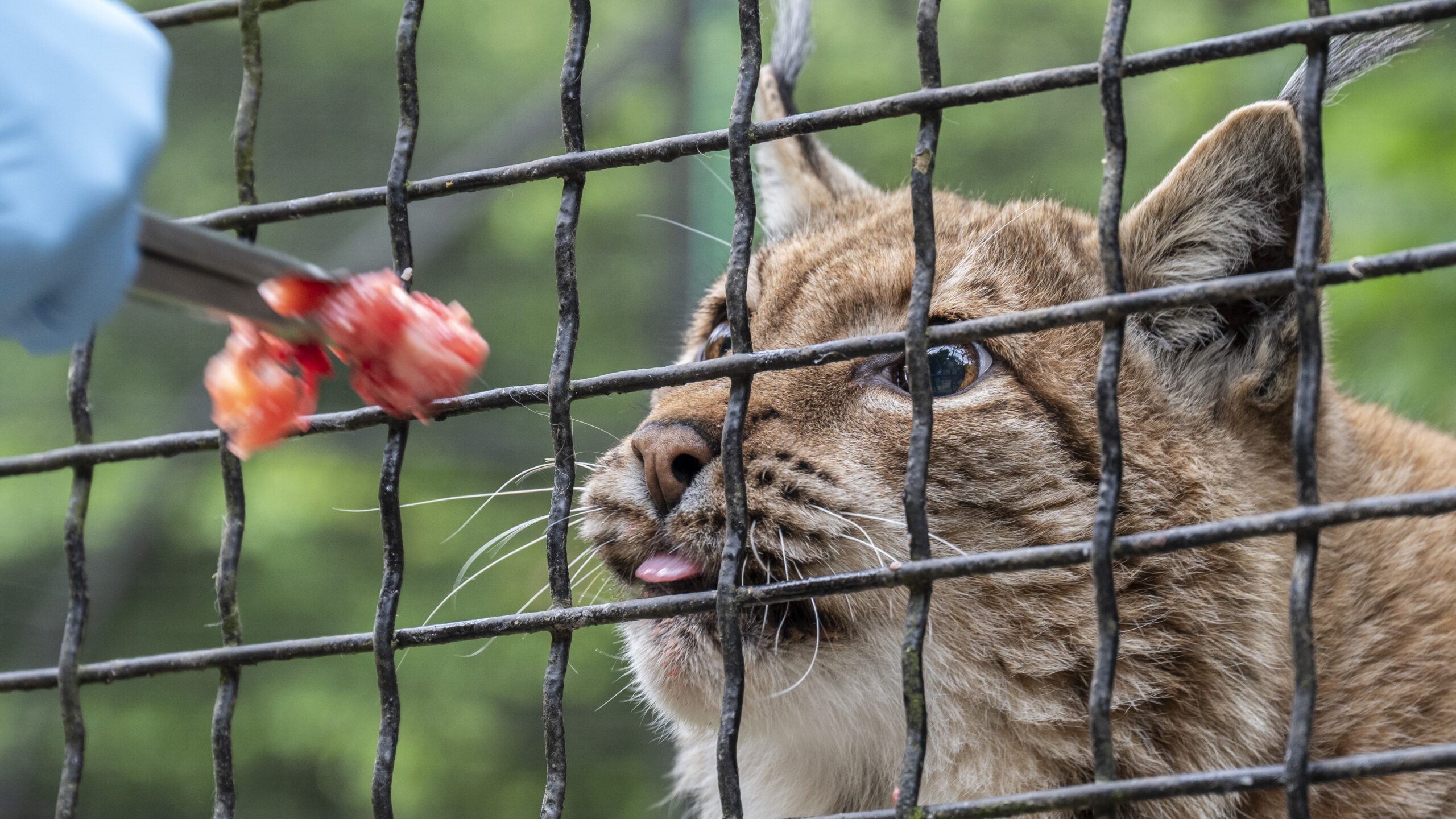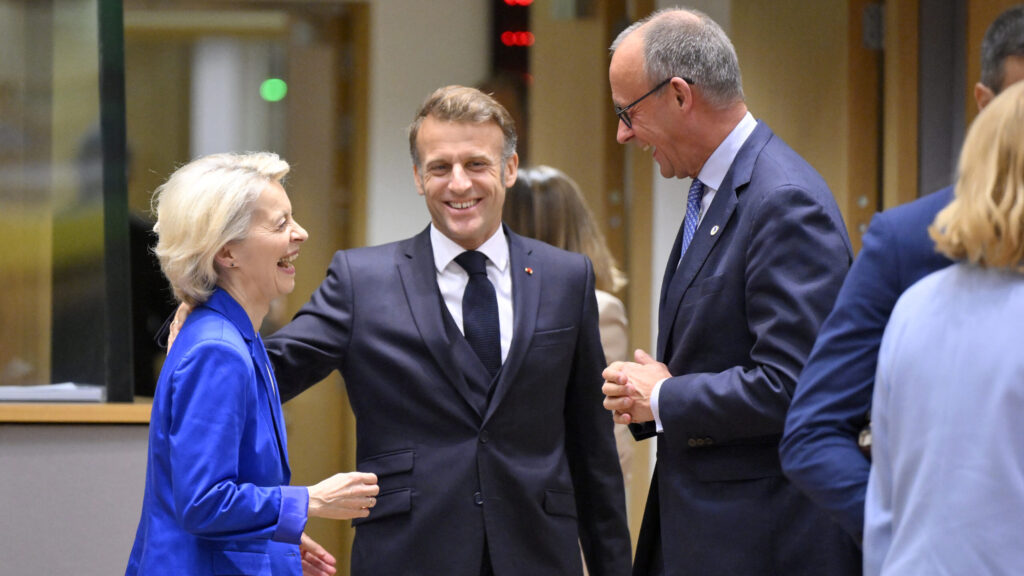The Hungarian Ministry of Defence formally adopted two lynxes—Csabi and Rita—at a ceremony held on Monday in the Budakeszi Wildlife Park. The symbolic adoption underscores the Ministry’s aim to build connections between the military, society, and environmental stewardship.
Parliamentary State Secretary for Defence Tamás Vargha accepted the adoption certificate from the park’s director, Péter Szabó. The event also included a special programme for more than 50 students participating in the Defence Cadet Programme, offering them an up-close look at wildlife and military values.
In his speech, Vargha noted that Hungary began a significant military modernization effort a decade ago, focused on developing a powerful, high-tech 21st-century defence force. Central to this modernization is the Lynx infantry fighting vehicle, whose Hungarian nickname, Hiúz (‘Lynx’), gives symbolic meaning to the event.

Vargha revealed that the Hungarian Armed Forces are currently preparing for the largest Lynx training exercise in their history. He also referenced a previous symbolic adoption of two leopards by the Ministry, linked to the Leopard tanks in service—emphasizing that these initiatives are about more than symbolism: ‘They build bridges between soldiers and civilians, while highlighting the importance of nature conservation.’
Gábor Reinitz, CEO of Pilisi Parkerdő Zrt, echoed this sentiment. ‘Preserving nature for future generations is a shared responsibility,’ he said, noting that successful conservation in today’s challenging world depends on strong partnerships—of which this adoption is a fine example.
Director Péter Szabó shared insights into the park’s mission, which is home to 60 species and about 250 animals. The lynxes, he said, are considered ambassadors of their kind. Csabi, a Carpathian lynx, arrived at the park in 2014, while Rita, a northern lynx, joined in 2018. Both have since become beloved by visitors.

Lynxes, weighing between 15 and 25 kilograms, are elusive creatures with exceptional vision and hearing, making them difficult to observe in the wild. In recent decades, lynxes have returned to Hungary, especially in the Börzsöny Mountains and the forests of northern Hungary.
Wildlife expert Virág Burányi presented some of the training work conducted with Csabi, highlighting how even in captivity, animals engage in mental and physical development exercises.
This symbolic adoption—connecting military might with environmental responsibility—reflects a broader aim: to educate the next generation not only in defence but in respect for nature and shared values.
Related articles:







